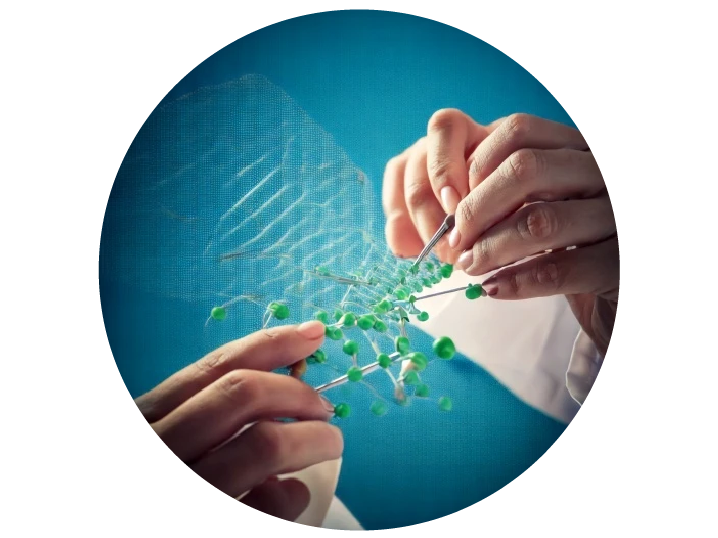The Stem of Life
In plants, stem refers to the main trunk or stalk from which all other branches, leaves, and flowers emerge. This imagery can help simplify the concept of stem cells, which are the foundational cells capable of giving rise to a variety of other cell types that make up an organism. For this reason, stem cells are often referred to as “mother cells.”
All animal bodies contain different types of cells, each with specialized functions and appearances. Take a moment to observe your own body: the skin on your hands is composed of cells that have undergone various developmental stages to become what you see today. These skin cells are vastly different from the cardiac cells that keep your heart beating or the retinal cells in your eyes that allow you to read. The complexity of our bodies is truly remarkable!
Now, consider stem cells as the source of nearly all cell types found within your body. They possess incredible potential. Stem cells are abundant during the early phases of development, but they also persist in specific regions of the adult body, providing a source for replacing old or damaged cells throughout our lives. For example, if you suffer an injury to a muscle in your leg, your stem cells will be activated to repair the damage. This remarkable ability is often referred to as plasticity, which describes the flexibility of cells to adapt their fate based on the circumstances, such as in response to injury.
Plasticity is indeed an impressive capacity—though it has both beneficial and detrimental implications. It refers to the ability of cells to transform and reshape their functions and structures. Research has shown that plasticity is evident in our bodies during recovery from injuries, enabling processes ranging from normal wound healing in the skin to the regeneration of critical areas such as the brain.
However, the precise mechanisms that activate and regulate stem cells remain with many questions. Furthermore, this plasticity can also contribute to the emergence of tumors. What triggers the transition from beneficial plasticity to harmful cancerous plasticity? Science continues to search for answers.






